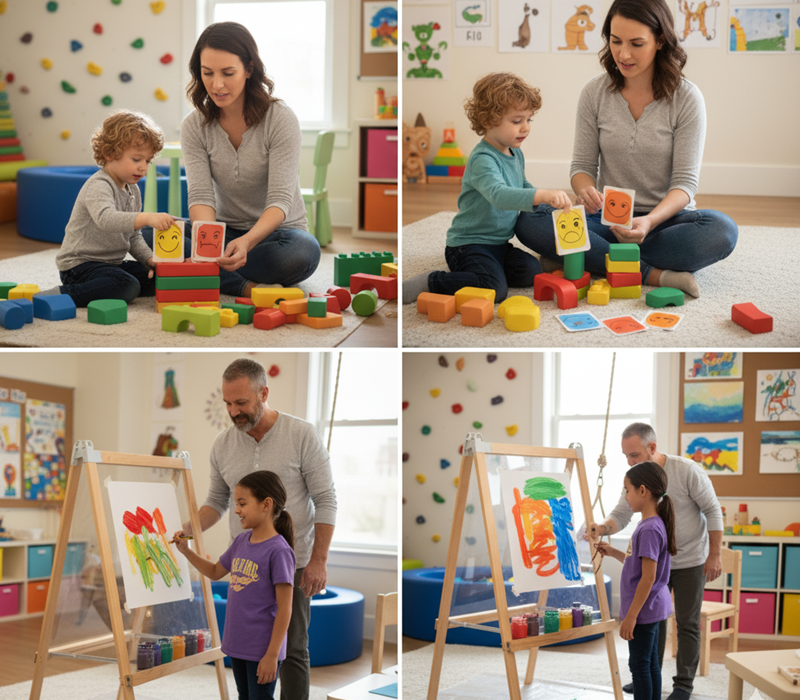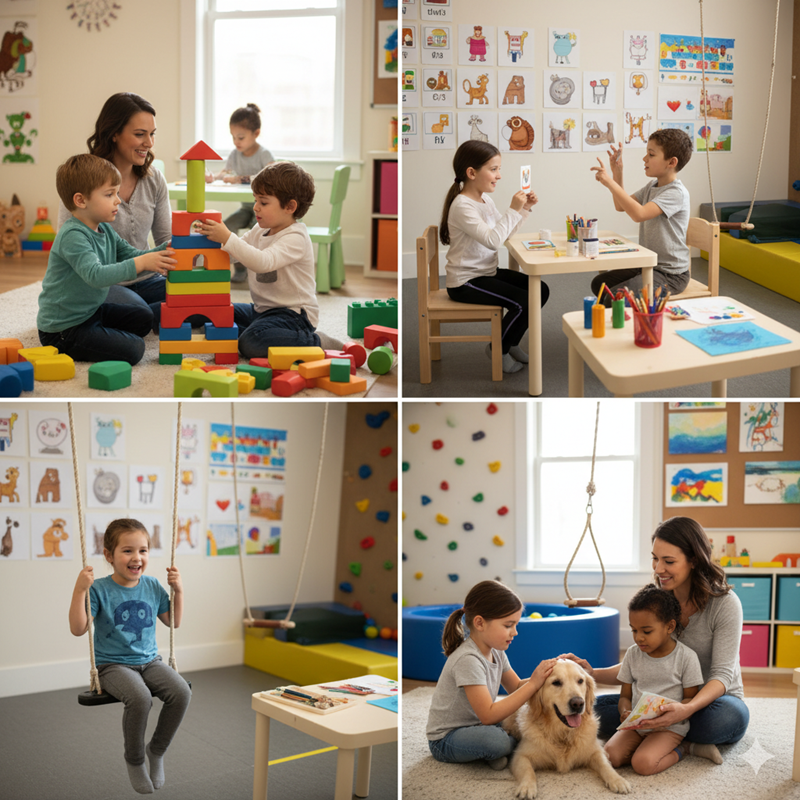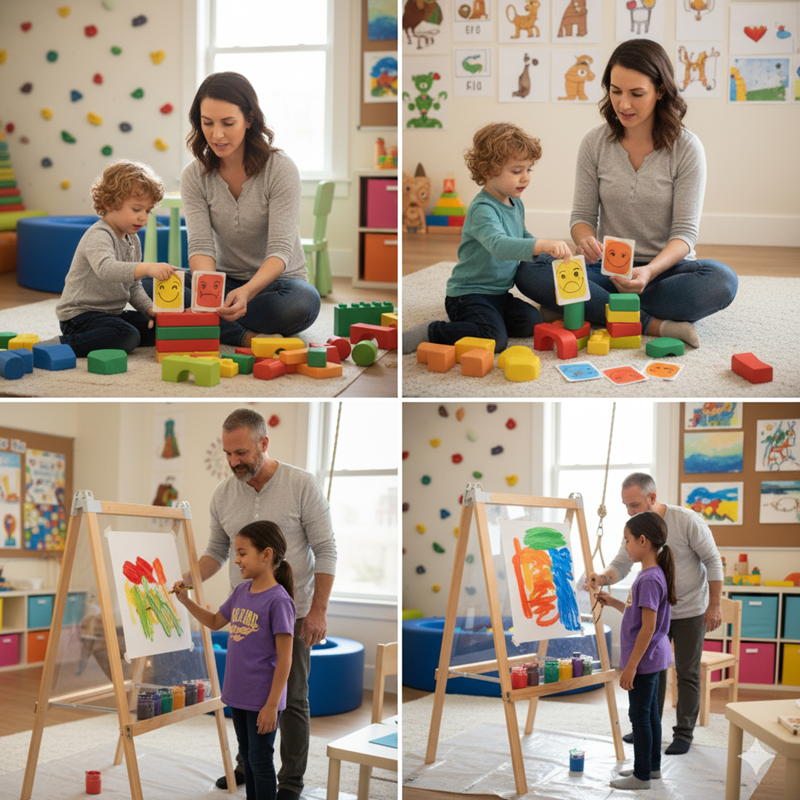
Have you ever considered the pressures faced by our young ones? Often encompassed by joy and innocence, the challenges pulsating underneath childhood’s surface tend to be overlooked. Few pay attention to how pivotal this phase is, shedding light on the necessity to guard our kid’s mental health. So, how does one protect a child’s mental wellbeing? How do we ensure the experiences they encounter daily don’t morph into undue stress and anxiety? This comprehensive delve into kid’s therapy, and its role in managing childhood anxiety, serves to address these critical queries.
In today’s fast-paced world, children encounter numerous stressors, sometimes leading to anxiety. With school pressure, technological advancement, media exposure, and changes in family patterns, childhood stress and anxiety is now a growing public health concern. It’s no longer a fable, and kid’s therapy emerges as a beacon of hope in tackling these daunting challenges.
As we stride through this dense labyrinth, this blog’s intent is to explore the significance of kids therapy (also called child therapy), its role in combatting childhood stress and anxiety, and how parents or guardians can identify the onset of anxiety disorders in children. Together, we will also navigate the benefits and drawbacks of kid’s therapy.

Understanding Childhood Stress and Anxiety
Anyone who has spent time with children recognizes that their problems can be as complex and deep-seated as adults’. Stress and anxiety are part and parcel of life, but when they become part of a child’s life, it poses a significant concern.
Childhood stress revolves around fear or anxiety about schoolwork, peer pressure, family changes, financial worries within the family, or even world events. When it spirals out of control, it breeds anxiety disorders, making kid’s therapy a pressing matter. To elucidate, let’s consider why child therapy is essential.
The Imperativeness of Kids Therapy
Kid’s therapy aims to help children navigate life’s difficulties by giving them tools to build resilience for a healthier future. In the battle against anxiety, therapy enlightens children, making them aware of their emotions while providing coping mechanisms. In essence, therapy equips children to manage their anxieties rather than erase them.
A well-executed therapy session creates a safe space for kids to express their worries. Professional therapists have the skills to communicate with kids on a level that they can comprehend, enabling them to come to terms with their stress and anxiety. The question then arises, when should children undergo therapy?
Identifying the Need for Kids Therapy
Spotting the onset of anxiety disorders in children is no easy task. The symptoms are often subtle and can be misinterpreted as standard child behavior. Early signs include unusual worrying, crying without obvious cause, resistance to going to school, or reluctance to engage in activities they used to enjoy.
Should these signs be observed, it’s time to consider kids therapy. Delaying help could result in the child carrying these issues to adulthood, and severely impact their quality of life. But every coin has two sides; similarly, kids therapy has its advantages and drawbacks.
Advantages and Downsides of Kids Therapy
Kid’s therapy allows children to become better equipped to handle their emotions, provides various coping mechanisms to manage anxiety, and teaches them resilience. Therapy reduces feelings of helplessness in kids, boosts their self-esteem, and helps them articulate their feelings better.
Despite these benefits, therapy might not suit every child. It also requires a significant time commitment from both the child and the parents, which might be challenging to maintain. There’s also the stigma attached to therapy, which could result in the child feeling isolated.
The Role of Parents in Kids Therapy
Parental involvement in a child’s therapeutic journey is vital. As parents, understanding your child’s emotional needs, showing empathy, and offering support throughout the process can significantly enhance the therapy’s effectiveness.

Conclusion:
As the adage goes, ‘prevention is better than cure.’ Kid’s therapy, while it has its drawbacks, is a powerful tool in preventing the escalation of childhood anxiety disorders. As parents and caregivers, it is our shared responsibility to acknowledge the existence of childhood stress and anxieties, to recognize warning signs, and offer the right support at the right time. Children are malleable and resilient. Equipped with therapy’s tools, they can conquer their worries, fears, and become conquerors in life’s battlefields. In a world that’s increasingly chaotic, our children’s mental health is not just a priority, but a necessity.





